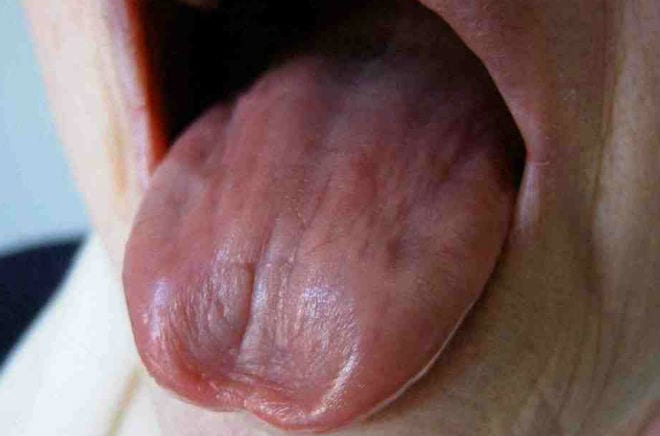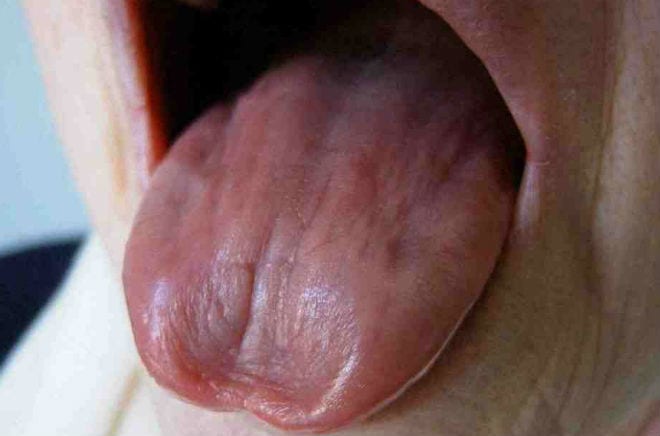
The Sjögren Syndrome is a disease that affects 3 percent of the population, especially middle-aged women. It can affect anyone, but it is nine times more common in women and is usually diagnosed after the age of 40, although it can start at any age, which is why the early consultation with a rheumatologist who will be able to make a correct diagnosis.

It is qualified as a chronic inflammatory rheumatic disease of unknown cause as an expression of an autoimmune process whose main outcome is rheumatoid arthritis, xerophthalmia and xerostomia, terms that define dryness of the mouth and cornea, due to lymphocytic replacement of the lacrimal and salivary glands.
The criteria for the diagnosis of Sjögren's syndrome usually include ocular and oral symptoms, pathological anatomy of the oral mucosa, involvement of the salivary glands and the presence of antibodies.
The treatment is different for each person and is aimed at alleviating the symptoms of dry mucous membranes through the use of artificial tears, eye drops, good oral hygiene and fluid intake.
Sjögren's Syndrome, also known as Dry Syndrome, can also involve other organs such as the kidneys, lungs, heart, muscles, joints and nerves and should be consulted at the first signs.
How does Biosalud's biological medicine treat this pathology?
We carry out a whole battery of tests, which depend on what the patient tells us in an exhaustive clinical history and only then do we decide, although in general, the work scheme is, as in any chronic pathology, to look for causes and causal factors.
Once the pathophysiological diagnosis has been established, a personalised treatment protocol is drawn up in several phases combining all the techniques of Biological Medicine and, if necessary, Conventional Medicine.

